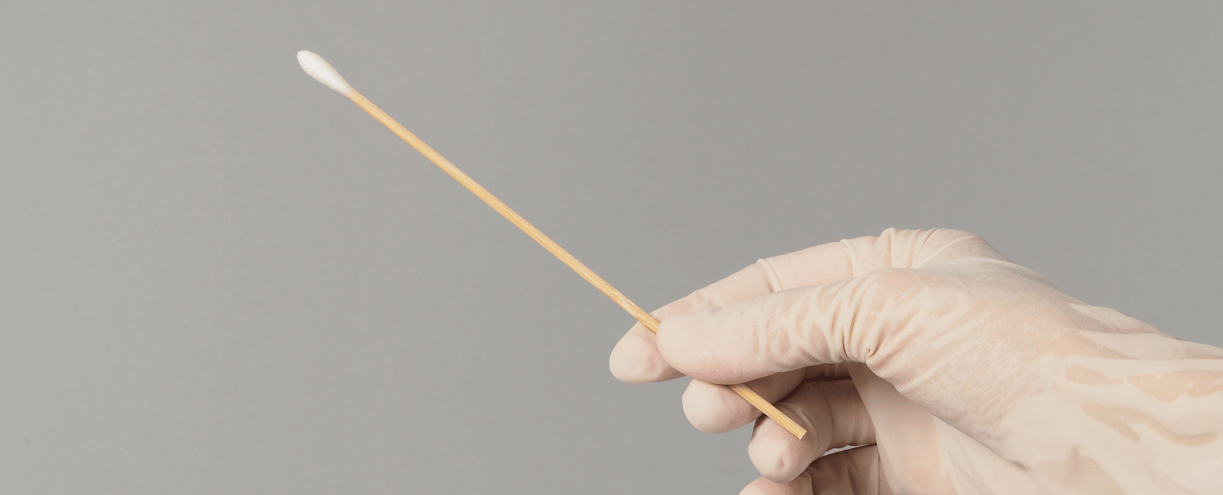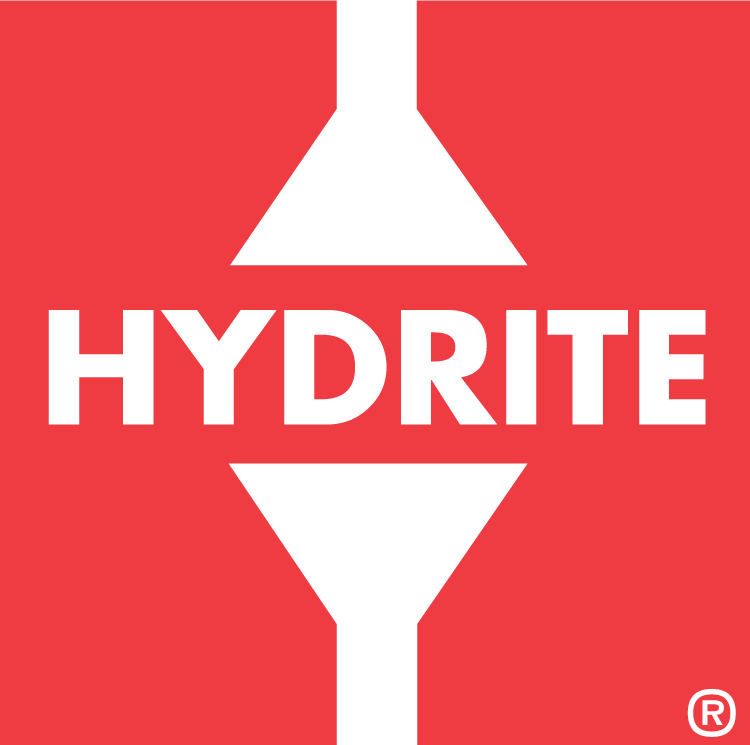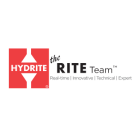
ATP Swabbing Methods
Do you know the proper methods for adenosine triphosphate (ATP) swabbing?
2 Minute Read
There are detailed instructions for swabbing and test interpretation provided by each manufacturer of ATP testing equipment. Due to the large number of applications for this technology, details related to specific processes and environments are generally the result of discussion and historical data. In this article we will be focusing on common questions and observations to improve reliability and confidence in our ATP testing efforts in a food manufacturing environment.
ATP Swabbing Common Observations and Questions:
- Ensure you are collecting enough sample to receive a representative sample.
- Both Charm® and 3M® procedures instruct to swab a 100 cm2 or 16 in2 area in multiple directions. Consistency in sample collection will provide the reliability from one test to the next.
 Each swab contains a sealed liquid reagent, activated when the seal is broken and ATP from the cotton swab (or environment) is introduced.
Each swab contains a sealed liquid reagent, activated when the seal is broken and ATP from the cotton swab (or environment) is introduced.
- This liquid can leak out of the activated swab if not held vertically.
- Once activated and mixed the swabs should be tested immediately.
- Ask manufacturers for details on how long collected samples can be held before activation.
- ATP swabs should be handled with the same care as those used in bacterial testing.
- Any area of the swab that will re-enter the casing should not meet anything other than the testing site.
- Touching swab stem/shaft is a common observation in questionable ATP data.
- What areas/zones of the plant are typically tested for ATP?
- Zone 1 (product contact surfaces) followed by Zone 2 (non-product contact surfaces in proximity) sites are swabbed for actionable data.
- Zone 3 (remote surfaces) and Zone 4 (outside of processing areas) contain traffic and handling that are less likely to provide reliable, repeatable, and actionable results.
- Does sanitizing affect the testing of ATP? When should swabbing be completed?
- Sanitizing does affect the testing of ATP by luminescence. Numerous studies have been completed showing that, depending on the chemistry and concentration, RLU (relative light unit) readings can be artificially decreased or increased. This has the potential to provide false positive or negative results based on the acceptability limits set in each facility. The actual variability may not be enough to interfere with actionable data, though it is another factor to be considered.
- Best practice is to remove any potential variability by completing ATP swabbing before sanitizing.
- If completing the ATP swabbing after sanitizing, the practice should be done after the surface has completely dried to prevent absorption of solution.
Reach out to The RITE Team® for more information on ATP swabbing.

